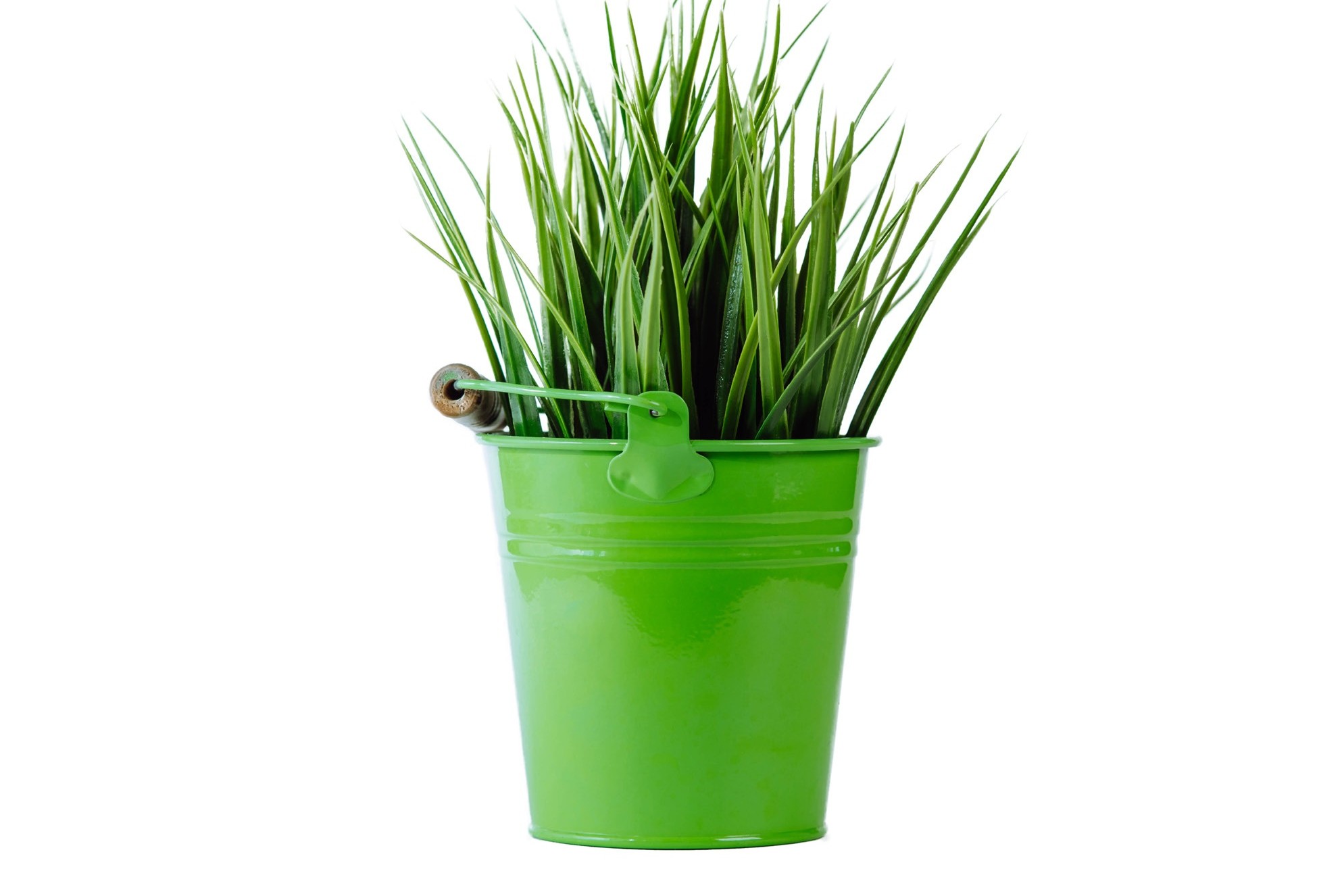Taranaki dairy farmer Trish Rankin reckons the world has never been a better Petrie Dish to try new things.

In October, I got off farm for five milkings (yes, like many of you, time off is measured in milkings) and attended the Agri-Food-Tech Oceania Summit 2035 thanks to AGMARDT. Spending two days with AGMARDT general manager Lee-Ann Marsh and trustee Ben Tosswill, digesting and hearing from international presenters on the topic of agri-food and tech was good for the soul.
In order to feed 9.8 billion people by 2050, the key themes from all the speakers that resonated with me were:
- Collaboration (in fact one speaker said ‘radical collaboration)
- Net zero mindset, full utilisation of the product/circular economy model and reducing food waste
- Understanding your ‘capitals’ (as in not just finance but in six capitals)
- Capturing hearts and minds is vital
- Vision is important and the story of farming is the story of people.
Not one speaker said more regulation would help the planet or people to manage climate effects, a growing population or the myriad of challenges sitting in front of the agri food and tech sector. However, more than one, spoke about the place the government can have to foster the right people to do the right thing with support.
All speakers said farmers were smart and with some help would keep going from strength to strength in the land and farm management practices.
Collaboration (or radical collaboration) is required. No longer can we be all things to all people.
One crown research institute representative stood up and said they have great scientists but who in the room could partner with them on entrepreneurship, venture capital and going to market.
They have new cultivars of products (some already on the market) that could have had accelerated progress with the right collaborations.
The seaweed industry was another. Agrisea have been around for 26 years, and only in the last few years have the rest of the sector realised seaweed could have methane-reducing properties. They now have great collaboration to bring a product to market.
If we approached everything we did as a net zero or no waste or full utilisation of product approach, then we would move quickly towards reducing our emissions and growing our businesses and communities. Not waiting for legislation or regulation, just us, thinking about how we can mitigate our impacts on the world around us.
Our business capital is far more than just the money we have or the asset in our name. We could have KPIs for financial, intellectual, human, social/relationship (communities), manufacturing (how we buy, use or make) and natural (land/water etc). What if we set our own business plans up to have goals in each of these areas just as we do to have financial targets? Just focusing on one capital will likely have an adverse effect on the others so having a plan on how to manage all capitals will be vital.
Capturing hearts and minds, making ag feel trendy by having the right tools and tech will assist our agri food sector to grow and farm. There are so many tools like digital twins, machine learning, emissions modelling, circular economic tools that will help make better decisions now in order to keep improving.
Finally, the vision. We know our sector has a vision, as do a number of food or tech systems in NZ. I’m not talking about the big visions created by others that we can’t even remember as a one-liner. I’m talking about your vision for your land or farm or business or family.
We all have them, we may not write them down on letterhead (maybe we should!) but we know deep down we want to do right for the people, the land, and the sector.
Maybe if we own our own vision for ourselves, and work on that daily then the flow-on effect will be that we do have improvements in our water, climate, land, business and people outcomes too. I particularly like the mindset of taking sustainability beyond regulatory compliance and turning risk and challenges into opportunities.
(And yes, like most of you, Taranaki has had a terrible spring. I can’t remember what the sun looks like but I didn’t want you to have to read about it when most of you have been living and breathing it too!)





